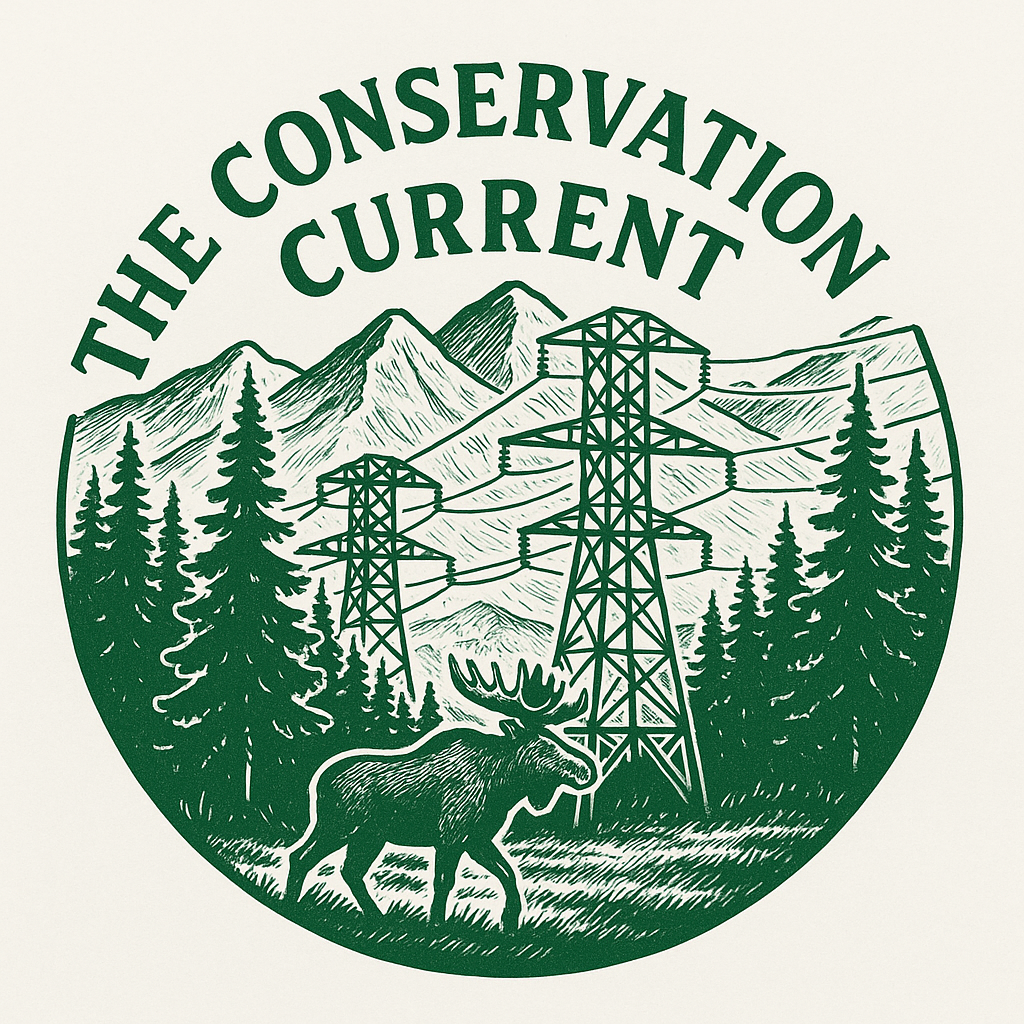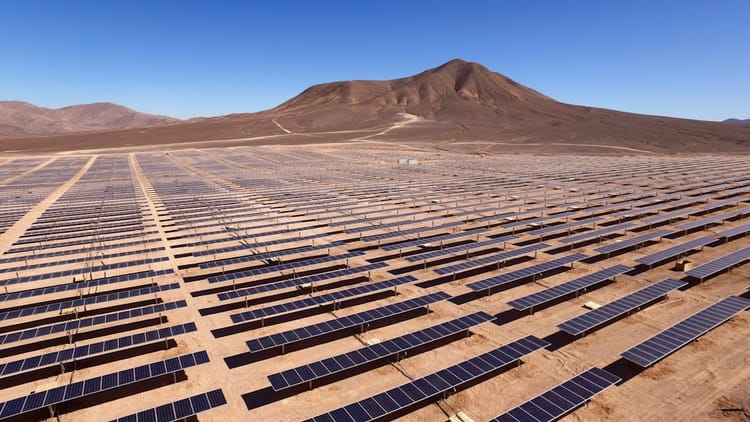Roadless, Not Reckless

Imagine 58 acres of pristine, sprawling, alive forests. Pines and ancient firs stretch to the sky. Their roots are blanketed with mosses, ferns, and wildflowers covering the forest floor. Grizzlies lumber through valleys, while wolves slip silently between trees. Elk herds thunder across open meadows. Salmon fight upstream through crystal clear rivers. Beneath it all, a hidden world of fungi weaves its networks, feeding soil, nurturing seedlings, and sustaining countless insects and small mammals. Silent, but look closely, and every corner hums with life.
This isn’t a fantasy. It’s the real American Forests, and the Roadless Rule keeps it that way. This untouched earth pulses with biodiversity that can’t survive bulldozers or roads.
Arguments against a rollback
- It sustains biodiversity. Roadless areas are disproportionately crucial for vulnerable fish and wildlife. Keeping habitat corridors intact.
- It’s Government overreach. With a single stroke, protections vanish across all 58 million acres in one sweep. There is no parcel-by-parcel judgment, no nuance. That one-size-fits-all overreach treats that land as interchangeable. Government by broad brush isn’t stewardship; it's overreach.
- It’s currently not a blanket ban. The rule already allows exceptions for public safety, wildfire response, and access to inholdings.
- It saves taxpayers money. The Forest Service already faces $8.6 billion in deferred maintenance, and roads account for $5 billion (~58%) of that. Building more roads deepens that hole
- It’s climate smart. Mature forests store vast amounts of carbon.
- It lowers human caused wildfire risks. Human activity causes the majority of wildfires, and the majority of those are in proximity to roads.
- It aligns with philosophical arguements for forests. There are strong reasons to keep forests intact: intrinsic value (deep ecology), intergenerational justice (leave future generations options we didn’t destroy), and Leopold’s Land Ethic—we’re members, not masters, and right action preserves integrity, stability, and beauty.
Are you already sold on keeping forests roadless? Please submit your comment on the Roadless Rule rollback. click here. Comment period lasts until September 19th.
A Brief History
The Roadless Rule was created in 2001. Its goal was simple: prevent road construction and timber harvesting on designated roadless areas within the National Forest System.
While roads may seem harmless, they fragment habitats, open forests to logging and mining, increase erosion, and raise the risk of human-caused wildfires.
Over the years, the rule has faced repeated attacks with administrations attempting to roll back protections, arguing economic needs for timber, mining, and infrastructure. Yet courts and millions of public comments opposing a rollback have consistently upheld most protections.
Another attack is currently in the works with the current administration. You can act now if you oppose this.
Why It Matters
Roads do more than disrupt scenery. They fragment ecosystems and decrease biodiversity. Wildlife loses habitat, grizzlies and wolves are boxed in, creating more conflict with humans, elk and deer migration routes are broken, and rivers and streams suffer from sedimentation and pollution.

The Roadless Rule also indirectly reduces the risk of human-made wildfires. Roadless areas are less disturbed, keeping fire-prone landscapes more intact and natural fire cycles balanced.
Studies from the National Park Service and peer-reviewed articles from the Carnegie Institution for Science found that 84-85% of wildfires are caused by human activity. Furthermore, in a peer-reviewed article from 2022 titled Spatial Predictions of Human and Natural-Caused Wildfire Likelihood across Montana, found in statewide models, distance to roads strongly predicted human-caused ignitions (not natural ones).
Notably, ~50% of human-caused wildfire starts were within 2.5 km of a road. “In general, natural ignitions were more locally influenced by slope, while human-caused ignitions were more locally influenced by distance to roads. I should note that wildfires differ from region to region.” - MDPI Spatial Predictions of Human and Natural-Caused Wildfire Likelihood across Montana (USA)
Why 58 Million Acres Is Too Much To Gamble
Opening these lands for roads for “Limited use”? That is overreach. Sure, emergency access is valid. But the default should never be a blanket opportunity, destruction by chainsaw. This rule already allows for exceptions. Wilderness isn’t about holding progress hostage; it’s about keeping balance, protecting species, and saving public lands for everyone.
The Roadless Rule isn’t a law. It’s a promise. A promise that forests stay wild, rivers stay clean, wildlife thrives, and future generations can step into lands that feel alive. Rolling back protections for 58 million acres isn’t just shortsighted; it's unforgivable.





